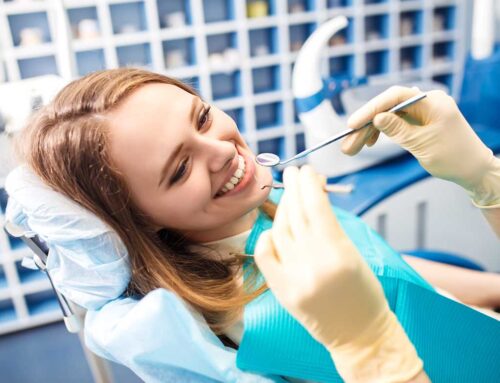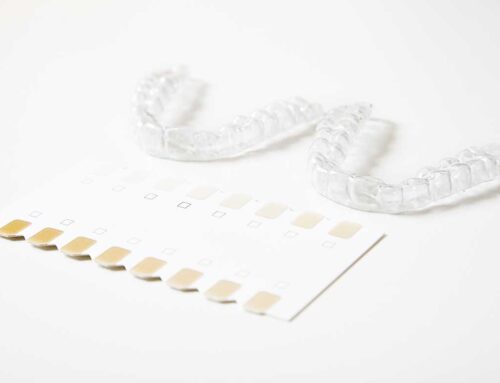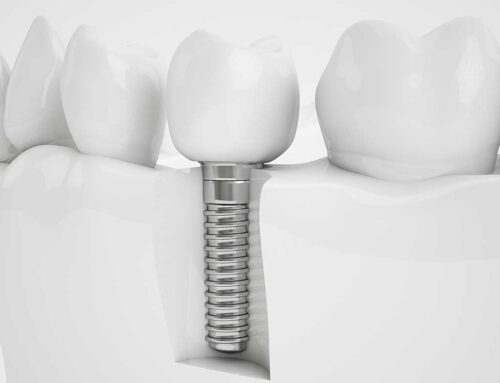
Teeth whitening is one of the most commonly requested cosmetic dentistry procedure. Teeth whitening is a process of removing discoloration and stains from teeth and improving their color through a bleaching process to make them look “more whiter and brighter”.
Teeth Whitening Techniques
For heavily stained and discolored teeth; to follow a procedure, a scale and polish from a dentist or dental hygienist. A big improvement in their appearance and color can be achieved.
In-Surgery laser teeth whitening,
Home teeth whitening trays,
Most cosmetic dental practices offer a combination of in-surgery immediate teeth whitening and professional take-home tooth whitening kits with custom made trays.
Both procedures are based on a bleaching process which uses a peroxide based compound which varies in strength (3-30% peroxide).
You may feel that your teeth are too discolored to ever be white again, but cosmetic dentistry techniques are achieving amazing results with the newest whitening techniques.
The Prevalence of Tooth Discoloration
Tooth discoloration and staining is a relatively common problem for many people. Some of our teeth are porous and stain can stay on them. Red wine, soda, coffee, tea and cola among other food and drink, contribute to the discoloration of teeth over time.
Medications such as the antibiotic tetracycline can cause significant staining, resulting in yellow, grayish teeth which are used in childhood. Smokers’ teeth can become permanently more stained if the discoloration is not treated in a timely manner regularly. Tooth trauma caused by a fall or collision can cause tooth discoloration.
Trauma could result in tooth death (tooth necrosis) which would cause discoloration. Typically, root canal therapy is required as the treatment for tooth necrosis, after which internal bleaching can be performed to correct discoloration. Tooth brushing can only remove simple stain on teeth and make them little brighter but not more, it alone can’t brighten teeth dulled by years of exposure to such discoloring agents told above.
In fact, people with dull teeth sometimes over-brush in an attempt to eliminate stains, and this can harm the enamel covering of the tooth especially in place where enamel and gums meet. So a professional teeth whitening is a different procedure and it is more effective than which we apply some methods at home.
Teeth Whitening FAQ
Why do the teeth change color?
Color changes can occur from age, coloring materials (coffee, tea, cola, cigarettes), traumas, veneers or colored old fillings. Also antibiotics (tetracycline) used during pregnancy or extreme fluoride consumption can cause colorings
Can bleaching be applied to everyone?
Almost everyone. But there are conditions where the treatment is ineffective. Your dentist can see if the treatment will be successful after a complete mouth scan. If your teeth are healthy this is an ideal solution for healthier and more natural smiles.
Is bleaching hard?
No. With improvements in technology your teeth can become whiter in a short time safely and effectively.
Is it safe?
Yes. Researches show that bleaching done under supervision of your dentist is very effective and safe. The teeth or the gum is not harmed in any way.
How long does it take?
Usually whitening starts at first application. In office bleaching a second appointment may be needed. In home bleaching it takes around 4-7 days.
Do the teeth return back to normal after bleaching?
They will always be whiter than they are. But depending on the situation 1-2 treatments may be necessary every 1.5 or 2 years
Is the desired effect always achieved?
Usually yes, but sometimes there are heavy colorings which may require laminate veneers. Other than that, there are some things to be aware of :
- The brand and contents of the bleaching agent
- Supervision of an experienced dentist
- Treatment time and usage
- Reduction of coloring agents (coffee, tea, smoking)
What will I face during treatment?
For two weeks, after home bleaching or office bleaching it is important to stop using coloring agents because the bleaching process still continues.
Resources:
*Bonded Porcelain Restorations in Dentition: A Biomimetic Approach
*Author(s) / Editor(s): Magne, Pascal, Belser, Urs
*Change your Smile, Author: Ronald E. Goldstein
Share on Social Media!
Your dream smile is no longer impossible
Smile Again with Your Healthy and Aesthetic Teeth
As Plusdent Dental Clinic, we plan your treatment in accordance with your personal wishes and needs. We offer professional solutions with advanced technologies in all dental treatments.







